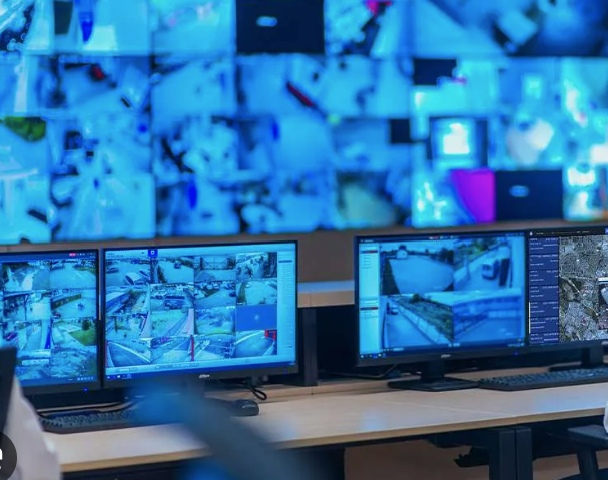The Pros and Cons of AI in Policing and Public Safety
First Published on 1 August 2023.
Introduction
Welcome back. Artificial Intelligence (AI) has revolutionized numerous sectors, including public safety, offering promising solutions to enhance security and emergency response capabilities. However, like any technology, AI comes with its own set of advantages and challenges. In this blog post, we will explore the pros and cons of implementing AI in public safety to gain a better understanding of its potential impact on society.
Pros of AI in Public Safety
Enhanced Data Analysis and Predictive Policing
AI-driven algorithms can analyze vast amounts of data from various sources, such as crime databases, social media, and surveillance footage. This capability empowers law enforcement agencies to identify crime patterns, trends, and potential hotspots, enabling proactive resource allocation to prevent crimes and improve response times.
Improved Emergency Response
AI-powered systems can process incoming emergency calls and swiftly extract critical information, such as the caller’s location and the nature of the emergency. This data is then relayed to responders, enabling faster and more accurate dispatch of resources. Additionally, AI can optimize emergency response routes, ensuring timely assistance to affected areas.
Public Safety Drones and Robotics
Integrating AI into drones and robotic systems allows their deployment in hazardous situations, search-and-rescue operations, and disaster relief efforts. AI-equipped drones can efficiently survey large areas, while robotic systems handle dangerous tasks, minimizing the risk to human responders.
Video Analytics for Surveillance
AI-powered video analytics can process real-time surveillance footage, detect suspicious activities, and recognize specific objects or individuals. This technology aids law enforcement in monitoring public spaces, identifying potential threats, and locating missing persons, thereby improving overall safety and security.
Behavioral Analysis for Threat Detection
AI can analyze human behavior patterns and detect anomalies indicating potential threats or criminal activity. This capability enhances security at public events, transportation hubs, and crowded areas by promptly identifying suspicious behavior and alerting authorities.
Cons of AI in Public Safety
Ethical Concerns and Privacy Issues
The use of AI in public safety raises significant ethical and privacy concerns. AI systems’ extensive data collection and surveillance capabilities may infringe upon individuals’ privacy rights and lead to potential misuse of personal information. Striking a balance between public safety and individual privacy remains a critical challenge. AI algorithms are only as unbiased as the data they are trained on. If the training data contains inherent biases, the AI systems may perpetuate discriminatory practices, leading to unfair treatment of certain communities. Ensuring that AI systems used in public safety are designed and audited to minimize bias is essential.
Reliance on Technology
Increased reliance on AI technology may lead to complacency among human responders. Depending solely on automated systems might result in a lack of critical thinking and problem-solving skills among personnel, potentially hindering their ability to respond effectively in unforeseen situations. Also many technical limitations and errors reduce the effectiveness of this technique. AI systems are not infallible and can make errors. Technical glitches, misinterpretation of data, or unforeseen circumstances can lead to inaccurate predictions or false alarms. Relying solely on AI without human oversight can have severe consequences in critical situations.
Cost and Resource Implications
Implementing AI in public safety requires significant technology, infrastructure, and training investments. Smaller agencies or communities with limited resources may find it challenging to adopt these advanced systems, leading to disparities in public safety capabilities.
Conclusion
AI offers tremendous potential to revolutionize public safety practices by enhancing data analysis, emergency response, and threat detection capabilities. However, addressing ethical concerns, biases, and the need for human oversight is crucial to ensure responsible AI implementation. By striking a balance between leveraging AI’s benefits and safeguarding individual rights, public safety organizations can harness the full potential of AI for the well-being of their communities.
editor's pick
news via inbox
Nulla turp dis cursus. Integer liberos euismod pretium faucibua

